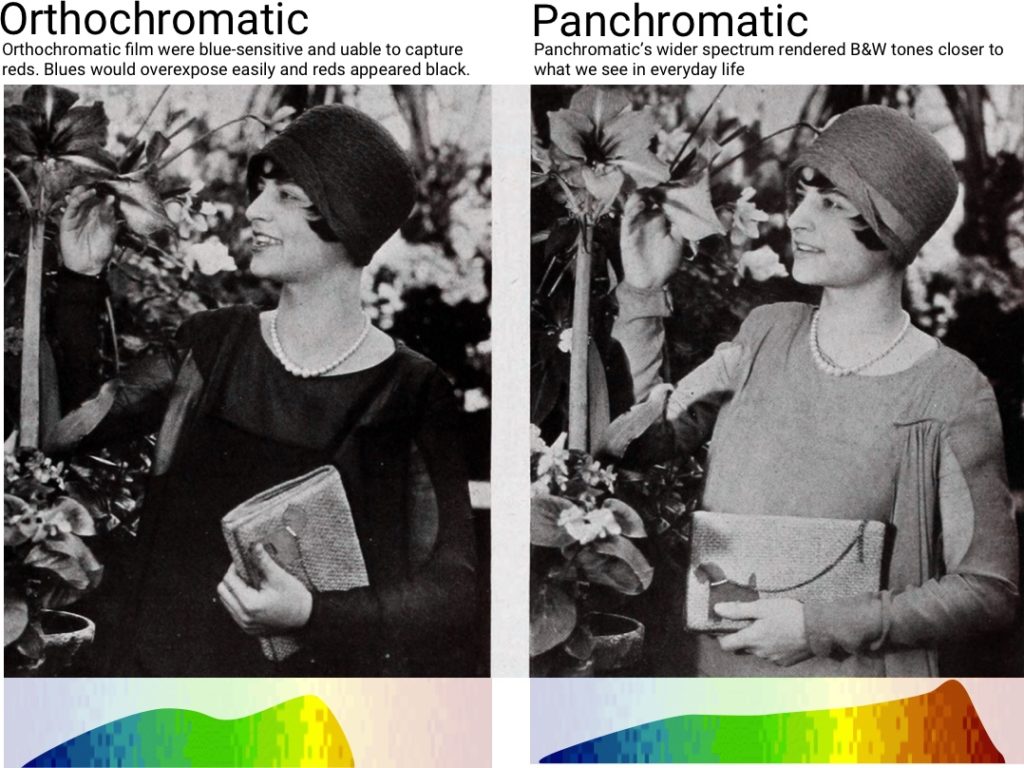Orthochromatic
Deprecated: mb_convert_encoding(): Handling HTML entities via mbstring is deprecated; use htmlspecialchars, htmlentities, or mb_encode_numericentity/mb_decode_numericentity instead in /var/www/wptbox/wp-content/plugins/wppedia/core/classes/modules/class-cross-link-content.php on line 187
Deprecated: mb_convert_encoding(): Handling HTML entities via mbstring is deprecated; use htmlspecialchars, htmlentities, or mb_encode_numericentity/mb_decode_numericentity instead in /var/www/wptbox/wp-content/plugins/wppedia/core/classes/modules/class-cross-link-content.php on line 187
Deprecated: mb_convert_encoding(): Handling HTML entities via mbstring is deprecated; use htmlspecialchars, htmlentities, or mb_encode_numericentity/mb_decode_numericentity instead in /var/www/wptbox/wp-content/plugins/wppedia/core/classes/modules/class-cross-link-content.php on line 187
Deprecated: mb_convert_encoding(): Handling HTML entities via mbstring is deprecated; use htmlspecialchars, htmlentities, or mb_encode_numericentity/mb_decode_numericentity instead in /var/www/wptbox/wp-content/plugins/wppedia/core/classes/modules/class-cross-link-content.php on line 187
Deprecated: mb_convert_encoding(): Handling HTML entities via mbstring is deprecated; use htmlspecialchars, htmlentities, or mb_encode_numericentity/mb_decode_numericentity instead in /var/www/wptbox/wp-content/plugins/wppedia/core/classes/modules/class-cross-link-content.php on line 187
Deprecated: mb_convert_encoding(): Handling HTML entities via mbstring is deprecated; use htmlspecialchars, htmlentities, or mb_encode_numericentity/mb_decode_numericentity instead in /var/www/wptbox/wp-content/plugins/wppedia/core/classes/modules/class-cross-link-content.php on line 187
Deprecated: mb_convert_encoding(): Handling HTML entities via mbstring is deprecated; use htmlspecialchars, htmlentities, or mb_encode_numericentity/mb_decode_numericentity instead in /var/www/wptbox/wp-content/plugins/wppedia/core/classes/modules/class-cross-link-content.php on line 187
Deprecated: mb_convert_encoding(): Handling HTML entities via mbstring is deprecated; use htmlspecialchars, htmlentities, or mb_encode_numericentity/mb_decode_numericentity instead in /var/www/wptbox/wp-content/plugins/wppedia/core/classes/modules/class-cross-link-content.php on line 187
Deprecated: mb_convert_encoding(): Handling HTML entities via mbstring is deprecated; use htmlspecialchars, htmlentities, or mb_encode_numericentity/mb_decode_numericentity instead in /var/www/wptbox/wp-content/plugins/wppedia/core/classes/modules/class-cross-link-content.php on line 187
When converting a full spectral image into a single excitation value, either with Opsin excitation or black & white photography, the Absorption Spectrum of the photoreceptive material is very important. In the early days of photography, it was difficult to tune film’s Absorption Spectrum so the black & white photograph would match humans’ Brightness perception.
One such step in the development of film was Orthochromatic film that had no absorption at red wavelengths. The effect was that all red objects were perceived as black. Panchromatic film fixed this problem by extending the Absorption Spectrum of the film to cover the full Visible Light range.
The effect of attenuating reds in Orthochromatic film is similar to the attenuation of red that affects Protans.
Orthochromatic film was useful though, because it allowed dark rooms (where photographs are processed) to be illuminated with a deep red light that would have no affect on the images, allowing the photographer to see as he worked. Panchromatic (and color) film must be developed in a completely dark room.
